Pancakes have a long history and can be traced back to ancient times. However, the exact origin of pancakes is difficult to pinpoint, as various cultures around the world have independently developed their own versions of this popular breakfast food.
Today, pancakes are enjoyed in many forms and variations around the world. They can be made with different types of flour, including wheat, corn, rice, or even potato. Pancake recipes can vary greatly, incorporating various ingredients such as eggs, milk, butter, sugar, and flavorings like vanilla or cinnamon.
Table of Contents
What is the Origin of Pancakes?
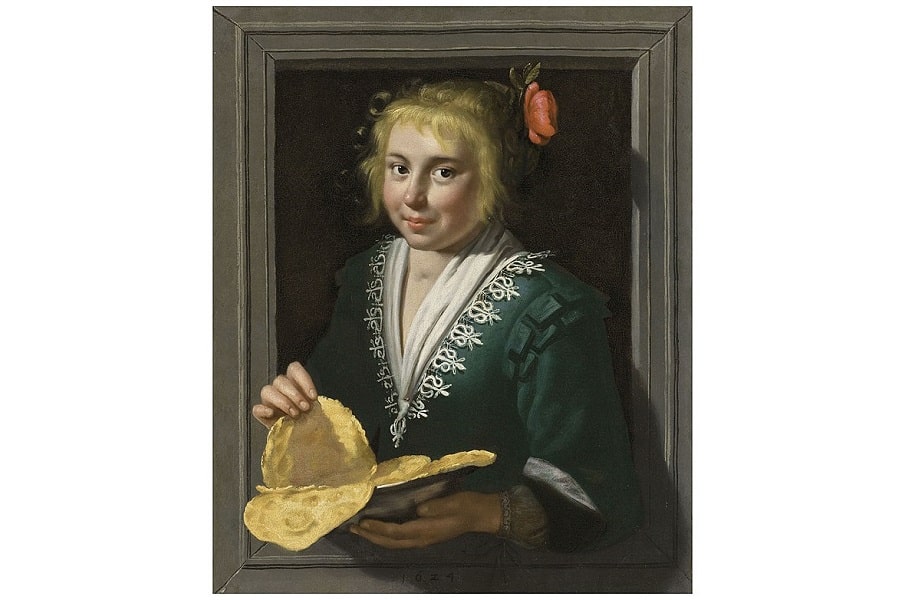
To delve deeper into the origin of pancakes, it is important to explore the earliest evidence of pancake-like foods. One notable example is the discovery of pancake-like remains in the ancient city of Pompeii, which was preserved by the eruption of Mount Vesuvius in 79 AD [3]. Archaeologists found carbonized cakes resembling pancakes, providing evidence of their existence during the Roman era.
READ MORE: The Complete Roman Empire Timeline: Dates of Battles, Emperors, and Events
In addition to Pompeii, pancake-like foods have been found in other ancient sites as well. In Africa, researchers uncovered grinding stones and milling tools dating back thousands of years, indicating the preparation of pancake-like batters. In Scandinavia, ancient petroglyphs depict images of people cooking and flipping what appear to be pancakes over an open fire, suggesting that pancake-like dishes were part of early Scandinavian cuisine [3].
Theories and Historical References
Various theories have been proposed regarding the invention of pancakes. One theory suggests that pancakes may have originated in Neolithic times when humans began cultivating cereal grains and grinding them into flour. The mixture of flour, water, and other available ingredients could have been cooked on hot stones or in primitive pans, leading to the creation of early pancakes [1].
READ MORE: Prehistory: Paleolithic, Mesolithic, Neolithic Periods, and More
The diversity of pancake traditions around the world also highlights the widespread appeal and adaptability of this culinary creation. In Eastern Europe, blinis are thin pancakes traditionally served during Maslenitsa, a Slavic holiday celebrating the end of winter. In India, dosas and uttapams are popular pancake-like dishes made from fermented rice and lentil batters. These examples demonstrate how different cultures have incorporated pancakes into their culinary heritage, each with their own unique recipes and traditions [4].
While the precise origin of pancakes remains elusive, the evidence from archaeological findings, theories, and historical references indicates that pancake-like foods have existed for centuries across various civilizations. The adaptability and versatility of pancakes have allowed them to become a cherished part of global culinary traditions, evolving and adapting to different cultures and tastes throughout history [1].

Who Invented Pancakes?
While it is challenging to attribute the invention of pancakes to a specific individual, historical figures have played a role in the development and popularization of early pancake recipes. One such figure is Apicius, a renowned Roman gourmet and author of the cookbook “De re coquinaria” (On the Subject of Cooking). This ancient cookbook, believed to have been written in the 4th or 5th century AD, contains recipes that resemble modern-day pancakes. Apicius’ inclusion of pancake-like dishes indicates their existence and popularity during the Roman era [4].
Additionally, medieval cookbooks provide insights into early pancake recipes and the individuals associated with their creation. For instance, the 14th-century English cookbook “Forme of Cury” includes recipes for “payn purdeuz,” which are thick, pancake-like dishes made with flour, eggs, and spices. These recipes were likely developed by skilled cooks and chefs of the time, contributing to the evolution and refinement of pancake recipes [4].
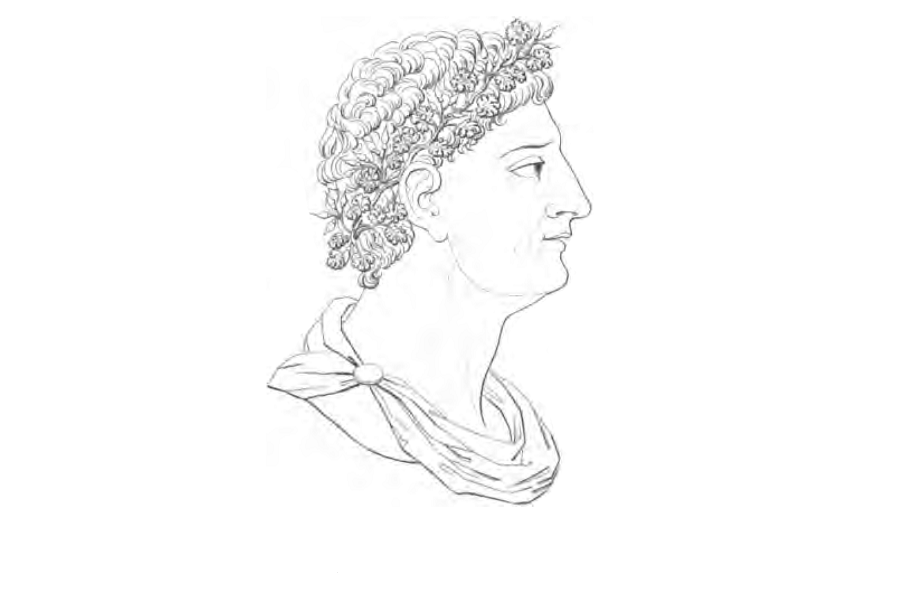
Contributions of Different Cultures to Pancake Development
The invention and development of pancakes were not limited to a single culture or region. Various civilizations and cultures have made significant contributions to the evolution of pancakes. For example, in ancient China, pancakes made from wheat flour or rice flour were a staple food and have a long history dating back thousands of years. These early Chinese pancakes, known as “bing,” were cooked on griddles or in pans and often filled with savory ingredients like meat or vegetables [5].
In Europe, pancake traditions were shaped by different cultures. In France, the delicate and thin crêpes gained popularity, with variations like the savory galettes made from buckwheat flour in Brittany. In Scotland, the traditional pancake known as “Scotch pancakes” or “drop scones” emerged, featuring a thicker and smaller size compared to the typical pancake. These examples illustrate how different cultures added their own unique flavors and techniques to pancake development [3].
Moreover, Native American cultures in North America made contributions to pancake variations. The indigenous peoples of North America created “hotcakes” using various grains like cornmeal, while others utilized ingredients such as wild berries or maple syrup as accompaniments. These early iterations of pancakes showcase the diversity and adaptability of pancake recipes across different cultural contexts [1].
The invention and development of pancakes were a collective effort, shaped by historical figures, skilled cooks, and the culinary practices of different cultures. Through their contributions and innovations, pancakes have evolved into the beloved and versatile dish we enjoy today.
When Were Pancakes Invented?
The invention of pancakes dates back to ancient civilizations, where pancake-like foods were already being enjoyed. Evidence of pancake-like dishes can be found in various cultures and regions, showcasing their long-standing presence in human culinary history.
In ancient Egypt, there is evidence of flatbread-like creations similar to pancakes. Ancient hieroglyphics and wall paintings depict the process of grinding grains and making flatbreads cooked on hot stones or in clay ovens. These early Egyptian flatbreads can be considered among the precursors to modern-day pancakes [2].
READ MORE: Ancient Egyptian Food: More Than Beer and Bread
Ancient Greece also had its version of pancakes called “tēganitēs.” These pancakes were made from wheat flour, olive oil, honey, and curdled milk. They were often served during religious festivals and as offerings to the gods. The famous philosopher Aristotle even mentioned pancakes in his writings, further indicating their presence during that time [1].

READ MORE: Ancient Greek Food: Bread, Seafood, Fruits, and More!
Pancake Traditions Throughout History
Pancake traditions have continued to evolve and thrive throughout history, with different cultures and regions developing their unique variations and customs associated with pancakes.
During the Middle Ages in Europe, pancakes became associated with Christian religious traditions. Shrove Tuesday, also known as Pancake Day or Mardi Gras, marked the beginning of Lent, a period of fasting and abstinence. To use up rich ingredients like eggs, milk, and butter before the fasting period, people would make and consume pancakes on this day. This tradition is still celebrated in many parts of the world today [4].
In the 17th century, Dutch settlers brought their pancake traditions to North America, specifically to regions like Pennsylvania and New York. This influence contributed to the popularity of pancakes in the American culinary landscape. Over time, pancakes in North America took on various regional forms, such as the fluffy and thick pancakes often associated with American breakfasts.
Across Asia, pancake-like dishes have been integral to culinary traditions. In Japan, for example, there is a long-standing tradition of making fluffy and thick pancakes called “hotcakes” or “pankeki.” These pancakes have a light and airy texture, often served with syrup, fruits, or whipped cream. In India, dosas and uttapams, made from fermented rice and lentil batters, are popular and have a rich history in regional cuisine [1].
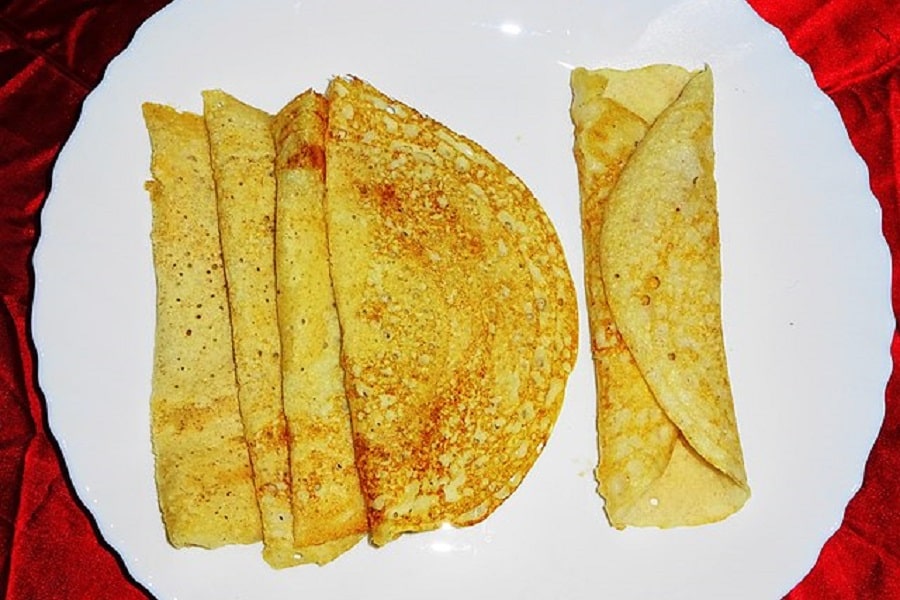
How Were Pancakes Invented? Early Pancake Cooking Techniques
The invention of pancakes can be attributed to early cooking techniques that involved simple ingredients and basic cooking methods. The exact methods used to cook pancakes varied across different cultures and time periods [5].
One common early cooking technique involved pouring a batter made from grains, water, and sometimes other ingredients onto a hot surface, such as a heated stone or a metal griddle. The heat would cause the batter to cook and solidify, resulting in a flat and round cake-like food. This technique allowed for the creation of pancakes with a golden-brown crust and a soft, fluffy interior [2].
READ MORE: Who Invented Water? History of the Water Molecule
In ancient times, before the advent of modern cooking utensils, pancakes were often cooked over open fires. The batter would be poured onto hot greased surfaces, such as large leaves, heated stones, or cast iron pans, and then cooked until the pancakes were done. This method required skillful flipping and turning of the pancakes to ensure even cooking.
Evolution of Pancake Recipes and Ingredients
As pancakes spread across different cultures and regions, the recipes and ingredients used in their preparation underwent significant evolution. The availability of local ingredients and cultural preferences shaped the development of pancake recipes.
For example, in Europe, the introduction of leavening agents like yeast and later baking powder revolutionized pancake making [5]. These ingredients added a lightness and fluffiness to the batter, resulting in the creation of thicker, risen pancakes. The addition of eggs, milk, and flavorings such as vanilla or spices further enhanced the taste and texture of the pancakes.
In different parts of the world, diverse ingredients were incorporated into pancake recipes. In Asia, rice flour and lentils became popular bases for pancake batters. In North America, cornmeal was a common ingredient used in pancakes, reflecting the abundance of corn in the region [2].
As trade and exploration expanded, the exchange of ingredients and culinary practices influenced pancake recipes globally. For instance, the introduction of potatoes to Europe from the New World led to the creation of potato pancakes, such as the famous latkes in Jewish cuisine.
Moreover, modern advancements in cooking technology have also influenced pancake preparation. Electric griddles and non-stick pans have made it easier to control heat and achieve consistent results, while innovations like pancake mixtures have made pancake preparation more convenient.
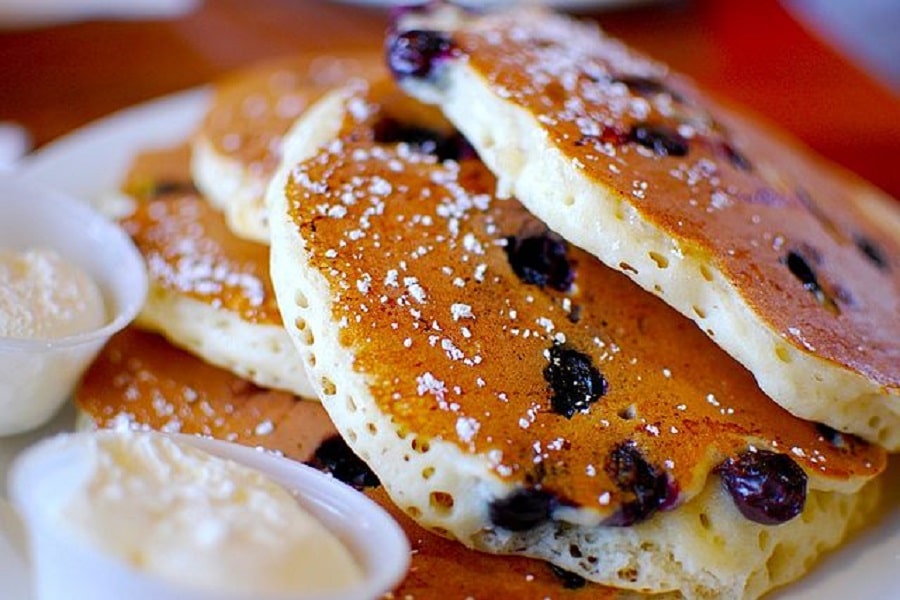
Why Are Pancakes Called Pancakes? The Etymology of the Term “Pancake”
The term “pancake” itself offers some clues as to why these delicious treats are called by that name. The word “pancake” is believed to have originated from the combination of two words: “pan” and “cake.” “Pan” refers to the cooking utensil used to cook the pancakes, while “cake” signifies its flat and round shape.
The use of pans for cooking dates back centuries and pancakes were traditionally cooked on a flat surface, such as a pan or griddle. The word “cake” has been used historically to describe various types of bread-like or dough-based food items. Combining these two elements, the term “pancake” emerged to describe the specific type of cake cooked in a pan [1].
Linguistic Variations and Cultural Influences
While “pancake” is a commonly used term in English-speaking countries, it is worth noting that different languages and cultures have their own unique names for this delightful dish. Linguistic variations can offer insights into the cultural influences and regional differences associated with pancakes [3].
In French cuisine, for example, pancakes are known as “crêpes.” These thin and delicate pancakes are a popular choice for both sweet and savory fillings. The term “crêpe” is derived from the Latin word “crispus,” meaning “curled” or “wrinkled,” which describes the texture of these thin pancakes [1].
In Russian cuisine, pancakes are referred to as “blini.” Blini are traditionally made from buckwheat flour and are often enjoyed with sour cream, butter, or caviar. The term “blini” has Slavic roots and is believed to have originated from an ancient pagan festival called “Maslenitsa,” during which pancakes played a central role [2].
In Sweden, pancakes are called “pannkakor,” while in Germany they are known as “Pfannkuchen.” These linguistic variations highlight the cultural diversity and regional influences on pancake names.
Furthermore, cultural traditions and regional variations can also impact the ingredients and flavors associated with pancakes. For instance, American pancakes are typically thicker and fluffier, often served with maple syrup and butter [1].

Regional Pancake Variations
Pancake Traditions Around the World
Pancakes have taken on diverse forms and flavors across different regions of the world, showcasing the unique culinary traditions and local ingredients of each culture. From thin and delicate crêpes to thick and fluffy stacks, regional pancake variations offer a delightful exploration of global gastronomy [1].
Moving to Scandinavia, we encounter the Swedish pancake, known as “plättar” or “syltkakor.” These small, bite-sized pancakes are similar to American silver dollar pancakes but are typically served with lingonberry or raspberry jam and a dollop of whipped cream. In neighboring Finland, thin pancakes called “lettu” are enjoyed, often accompanied by jam or berries [1].
In Japan, the popular pancake variation is called “okonomiyaki.” Okonomiyaki is a savory pancake made with a cabbage-based batter and filled with various ingredients such as seafood, pork, or vegetables. It is then topped with a special okonomiyaki sauce, mayonnaise, and bonito flakes. This Japanese specialty can be found in many street food stalls and restaurants throughout the country [5].
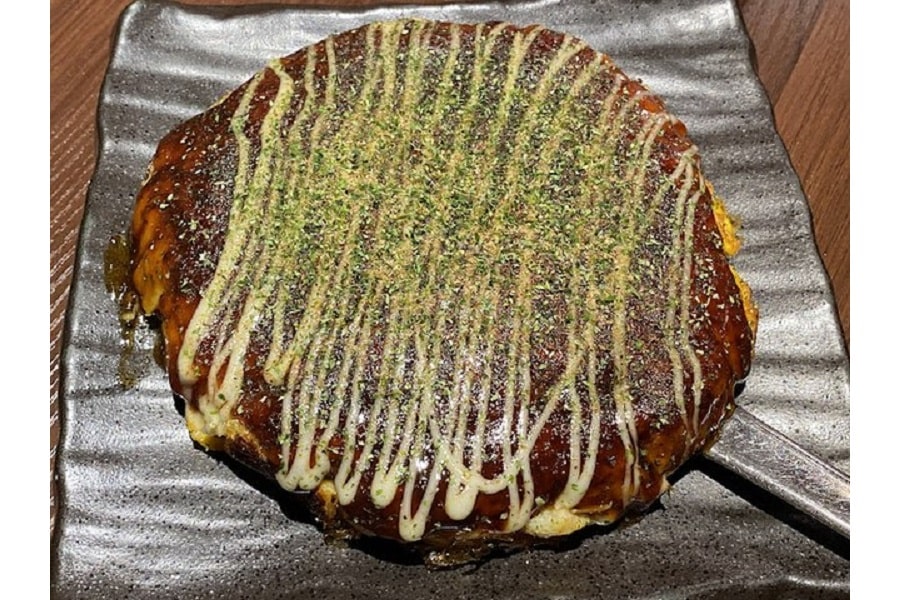
Notable Regional Pancake Recipes
Pancake recipes can vary significantly within a single country, reflecting the diverse culinary heritage of different regions. In the United States, for example, traditional buttermilk pancakes are a staple of American breakfasts. These pancakes are thick, fluffy, and often served in stacks with a pat of butter and a drizzle of maple syrup. Other regional variations in the U.S. include the thin and crispy Swedish pancakes in Minnesota and the sourdough pancakes of the Pacific Northwest.
In South Africa, a popular pancake variation known as “pannekoek” has Dutch origins. These thin and delicate pancakes are typically rolled up and filled with sweet fillings like cinnamon sugar or savory fillings such as minced meat and cheese. Pannekoek is a beloved treat during social gatherings and celebrations [3].
India also offers its own unique pancake creations. The dosa, a thin and crispy pancake made from fermented rice and lentil batter, is a staple in South Indian cuisine. It is often served with chutneys and sambar, a flavorful lentil soup. In the northern regions of India, the popular pancake variation is called “cheela” or “puda,” which is made from a batter of gram flour (besan) and spices.
References
- Albala, K. (2008). Pancake: A Global History. Reaktion Books.
- Pilcher, J. M. (2011). Food in World History. Routledge.
- Albala, K. (2014). The Food History Reader: Primary Sources. Bloomsbury Academic.
- Davidson, A. (2014). The Oxford Companion to Food. Oxford University Press.
- Singer, A. (2015). The Invention of Pancakes and the Parade Without the Candy: Excerpts From the Journal of a Late-in-Life Dad.